They may be rotten, but zombies on PC care about their look: here are the best settings to enjoy Dead Island 2 in top form
After the astronomical expectations that have marked the title, it is natural to ask whether Dead Island 2 worth the time since your announcement: the answer, if you’re concerned about the PC versionis a resounding “yes”, provided you know the best settings to make it shine. While mouse-and-keyboard gaming purists are always ready to dig out their exorcism tools with console ports of titles, the Dambuster Studios development team has personally made sure to largely overlook the quality standards for the computer incarnations seen in this first half of the year.
With some titles, such as The Last of Us Part I and The Outer Worlds: Spacer’s Choice Edition (to name two), not all gaming sommelier palates were fully satisfied with the performance on PC. As for the title we are examining today, however, we are dealing with a game capable of make the most of older graphics cards (or rather, “dated” by the hallucinatory aging standards of computers). Which, for those trying to find their way around this specific corner of the gaming world, means everything and means nothing. Let’s try to unravel the skein, what do you think?
Minimum Requirements – Dead Island 2: Best settings on PC
We don’t want to give false hopes to those who are reading these lines from a netbook (on which, for the curious, they were written), but we can easily start from the bottom with Dead Island 2: the settings to run it on PC don’t necessarily require the better hardware. If you expect even an Intel Core i9-9900K to sweat for the “minimum wage” of 60 frames per second and 1080p resolution, breathe a sigh of relief: you’ll get by with less. Below we report the minimum requirements system (eg 1080p e 30fps), directly from the most authoritative source on the matter: Deep Silver itself. If you don’t trust that…
- GPU: AMD Radeon RX 480 / Nvidia GeForce GTX 1060
- CPU: AMD FX-9590 / Intel Core i7-7700HQ
- RAM: 10GB
- Operating system: Windows 10
- Memory free: 70GB
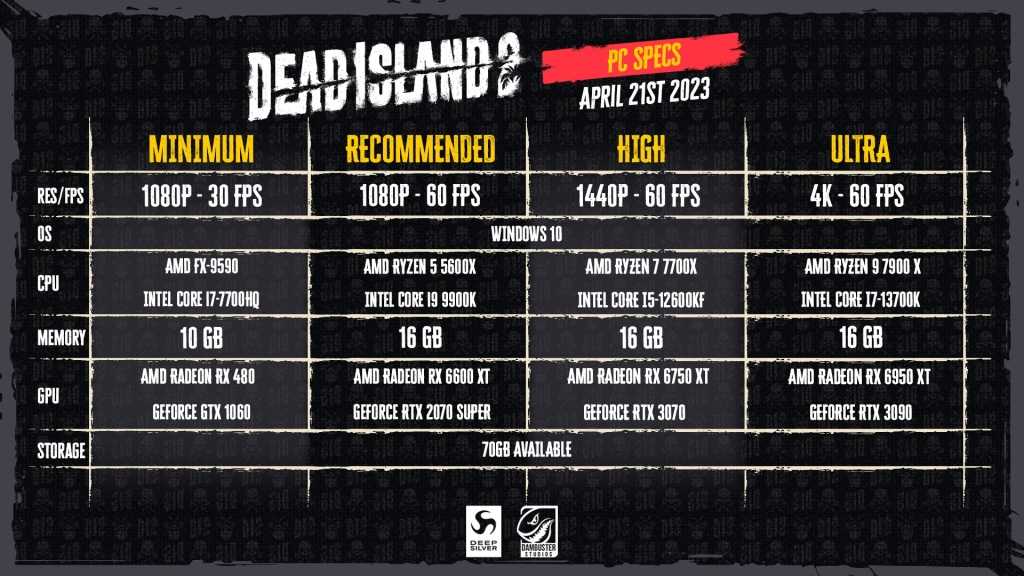
Recommended Requirements – Dead Island 2: Best settings on PC
Let’s raise the bar and suppose you are PdP, or rather not necessarily Scrooge McDuck but, much more simply, “Prodigals of Pecunia”. If you can afford it, there are also i recommended requirements, or just enough to bring the performance of the title to the original vision of the development team. Which, being the current year 2023, still qualifies with the high-sounding epithet known as “a lot of stuff”. Here’s how to enjoy the game a 1080p and 60 frames per second.
- GPU: AMD Radeon RX 6600 XT / Nvidia GeForce RTX 2070 Super
- CPU: AMD Ryzen 5 5600X / Intel Core i9-9900K
- RAM: 16GB
- Operating system: Windows 10
- Internal memory: 70GB
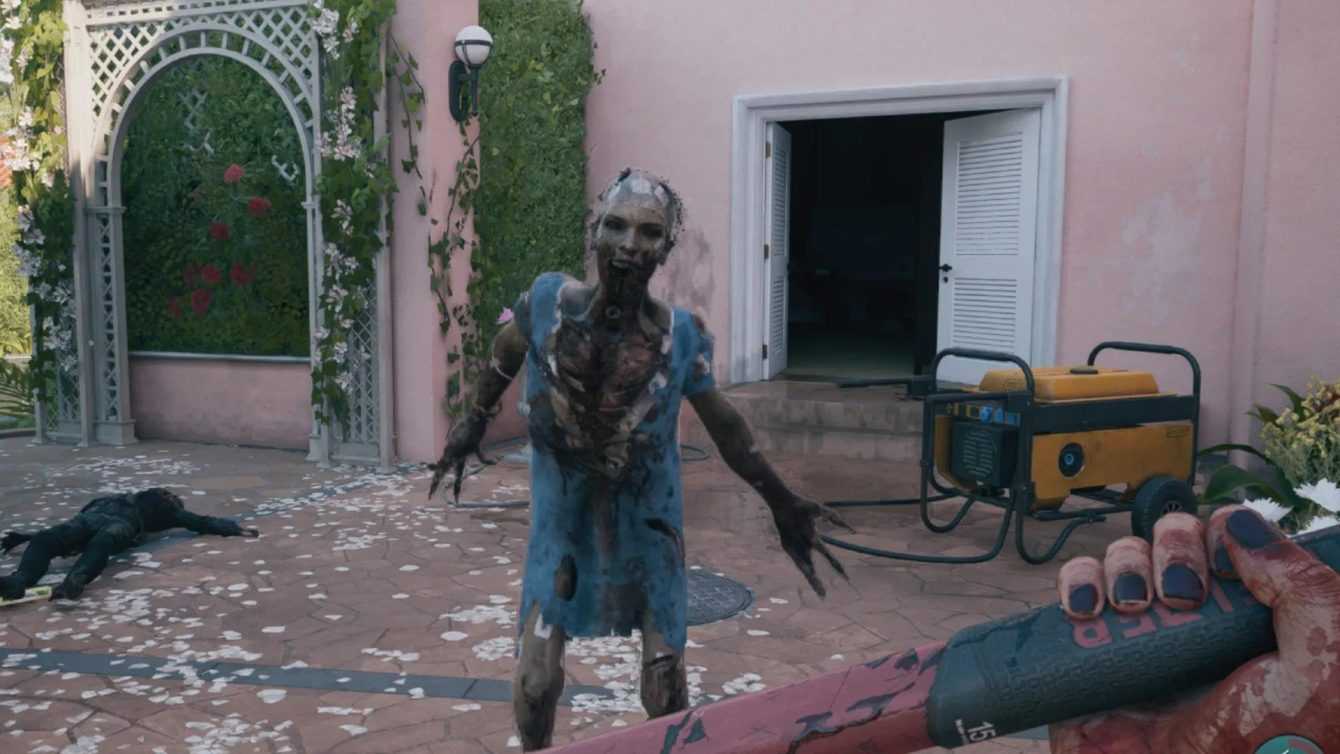
High End PC Requirements – Dead Island 2 Best Settings on PC
Compliments! If you have reached this point in our guide, you can add another letter to the acronym and consider yourself “PPdP”, or Particularly Prodigal of Pecunia. If that’s the case, you want to ventilate the house with your fans and, as we move into summer, we’re really nobody to dissuade you. No more talking, then, and here’s what you need to aim for 1440p of resolution and sixty frames per second with a High-end PCs!
- GPU: AMD Radeon RX 6750 XT / Nvidia GeForce RTX 3070
- CPU: AMD Ryzen 7 7700X / Intel Core i5-12600KF
- RAM: 16GB
- Operating system: Windows 10
- Internal memory: 70GB

Ultra-High End PC Requirements – Dead Island 2 Best Settings on PC
Imagine, for a second, receiving guests. Do you often hear yourself say “Wow, that’s a nice wall” and answer “Look, it’s just the screensaver”, like Frank? Suppose yes, if you have arrived here. I monitor in 4K they don’t grow on trees, and if you want to slaughter beach zombies at 60 frames per secondHere is the shopping list. Even if something tells us that for you it will be much less salty than the waters of Los Angeles…
- GPU: AMD Radeon RX 6950 XT / Nvidia GeForce RTX 3090
- CPU: AMD Ryzen 9 7900X / Intel Core i7-13700K
- RAM: 16GB
- Operating system: Windows 10
- Internal memory: 70GB

Performance test – Dead Island 2: best settings on PC
Without getting to the ravings of the Serious Sam series, it is necessary to run into a few bad guys to see how the game fares in the manage many on screen (under). What emerged from the tests (which the undersigned is limited only to report) is that the GTX 1060 literally falls within the expression “enough and advance”. It should also be mentioned that the tests were carried out with an Intel Core i5-11600K and with 16GB of RAM rather than the CPUs we listed first, but with an average of 44 frames per second at ultra-high quality you will hardly run into obscene problems with weaker hardware. Especially considering that the “minimum” GPU brings the frames to 51 for high quality, 81 for medium and 93 for the minimum.
Now that we can exclaim “Performance!” like Virginia Raffaele, let’s move on to the “Libidine!” by Jerry Cala. The RTX 3070 hits well beyond the minimum 60 frames per second mark, averaging 95 at ultra-high quality (1440p, in this case). In the case of 4K, that’s an ultra-high quality 55fps with some upscaling (FSR 2, for those of you good at editing). And if you want 4K without spending four figures on the RTX 3090, we have good news: with the newest (and, for some reason, cheaper) RTX 4070 you’ll comfortably get to 60 frames per second with ultra-high quality.
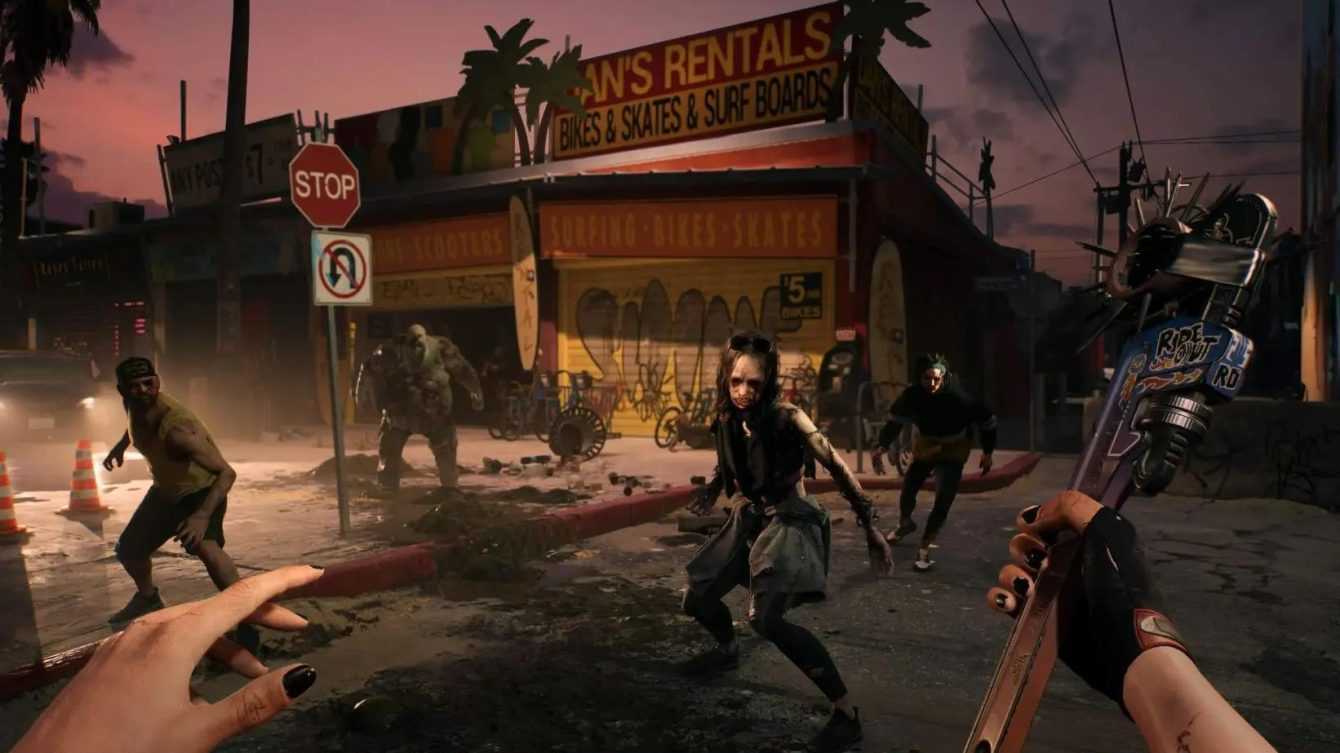
Coughing – Dead Island 2: Best settings on PC
There’s really nothing to complain about the game’s performance on a computer… well, if we don’t count the usual asterisks. Some crash unceremonious happened on Steam Deck, but it’s nothing impossible to get around by turning down the graphics settings a bit. Apart from that, the Wonder Deck’s quirks (like a frame from the previous cutscene peeping into the next) they don’t seem to show up on windows. Unfortunately, the support for DLSS has not been received, which for 4K would have made sparks. Naturally, as already mentioned, it is enough to draw on the aforementioned FSR 2 to resolve various disputes.
As always happens in the case of games that are particularly adaptable to different hardware (think of the sublime ports of DOOM 2016 and DOOM Eternal on Nintendo Switch), just fiddle around with the settings to end up with experiences that are almost diametrically opposed to each other on a visual level. Performance changes “from this to this” going from Ultra to Medium (below) when using the GTX 1060. It goes without saying that, with a few practical changes, it is possible to catapult the framerate to the desired levels. Of course it’s easy to say “few practical changes” without going into detail, so…
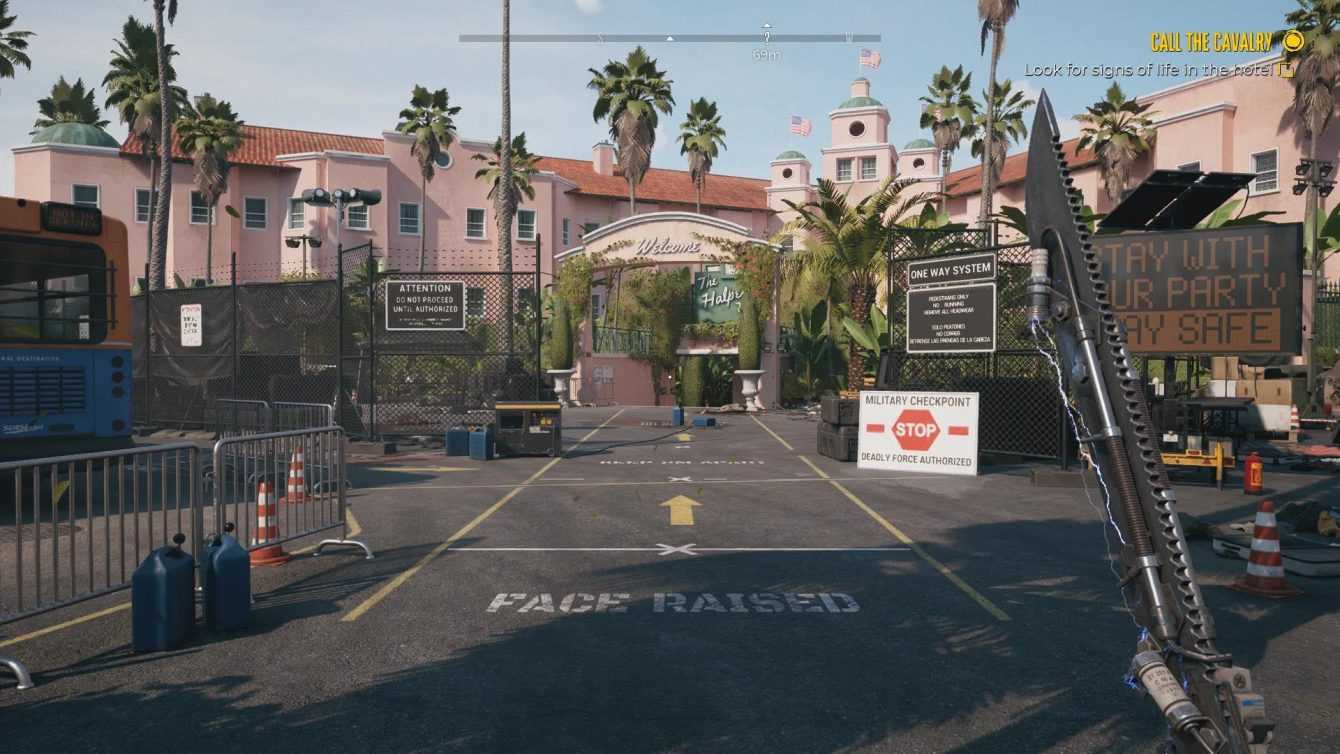
… pimp my zombies – Dead Island 2: best settings on PC
To understand where to put your hands, during the tests we examined the necessary differences between the settings, noting how much each of them improved the performance of the GTX 1060. If you too prefer to customize things “a modino” rather than leaving the “Ultra” option the dirty work, take a pen and paper. Or not, it’s a figure of speech.
- Motion Blur: Bring it down to zero and, framerate aside (yes, it goes up two frames per second), the whole game will benefit.
- Anti-Aliasing: Leave it at the default settings. The alternative, “Temporal AA Low”, doesn’t improve anything.
- View Distance: Again, “if it ain’t broke, don’t fix it”. Leave it on Ultra, because turning it down to Medium won’t help.
- Post Processing: There’s no two without three. Leave it on “Ultra”, that’s fine.
- Shadows: Setting the shadows to Medium catapults the framerate to 52, which is a great litmus test. You are in the right direction.
- Texture: Switching to Medium gives you two extra frames per second. Only consider this option when (and if) the computer is struggling.
- Effects: Visual effects like fire, blood, and electricity can prove taxing when they keep each other company on screen. Here too, the “Medium” helps, and this time a lot.
- Foliage Detail: As beautiful as California’s flora is, one would think that lumbering with foliage would help the performance. Well, no. Leave everything as it is.
- SSAO: Going from “Ultra” to “Medium” will only give you one frame per second more. It’s not worth it.
- Indirect Shadows: Feel free to leave the indirect shadows on “Ultra”. Doing otherwise will not benefit you.
- Depth of Field: Same thing done with SSAO two lines ago.
- Screen Space Reflections: You can also leave reflections as they are.
- Material Quality: Same with potatoes.
- Shading Quality: Shading quality varies by only one frame per second on “Medium”.
- AMD FidelityFX Super Resolution 2: Upscaling the game only starts to be worth it from 1440p upwards, and the framerate doesn’t really benefit much. If anything, it is the RTX 4070 that brings performance from 60 to 80 frames per second, setting the parameter to Quality.
- AMD FidelityFX Variable Shading: Leave this last parameter set to “On”. Disabling it only hurts performance.
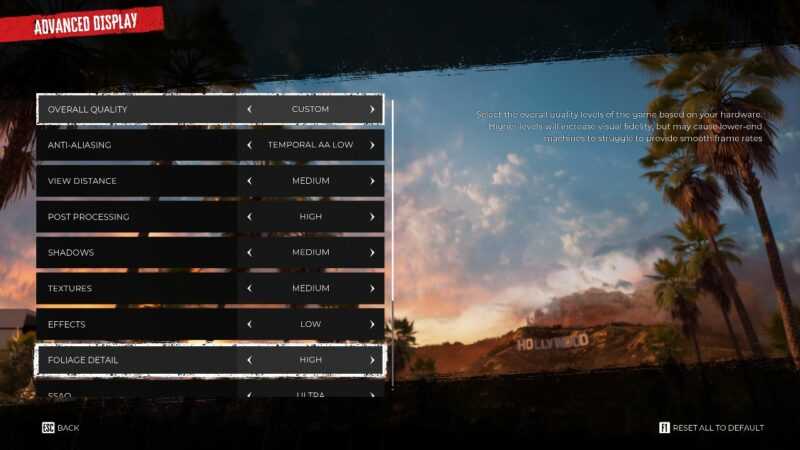
conclusive list
We went into a lot of detail before, but if you prefer the “short version” the bulk comes down to Shadows and Effects. Both can get you many more frames per second on “Medium”, but the others can also help if combined (“Pens and pens make brushes”, they say in the south). If you want a quicker list, make sure the graphics parameters are as follows: zero, medium, medium, medium, medium, medium and ultra to the bottom of the list. Through GTX 1060 the average is 77 frames per second, but the result can also be achieved elsewhere with all the various “mediums” of the case.
FSR 2 helps, especially in Quality mode, but as we mentioned earlier it really benefits from 1440p and up. At 1080p you probably won’t need it, and even then it won’t turn everything into a pixel soup. However, it may affect the long-distance visibility spell more than it does on higher resolution monitors. The choice is up to you, as the game also provides quite a lot of them.
Now it’s up to you to tell us yours: what results have you achieved with your PCs? Let us know below, and as always, don’t forget to stay on tuttotek for all the most important news for gamers and more. For your purely gaming needs, you can instead find the best discounts in digital format on Kinguin.






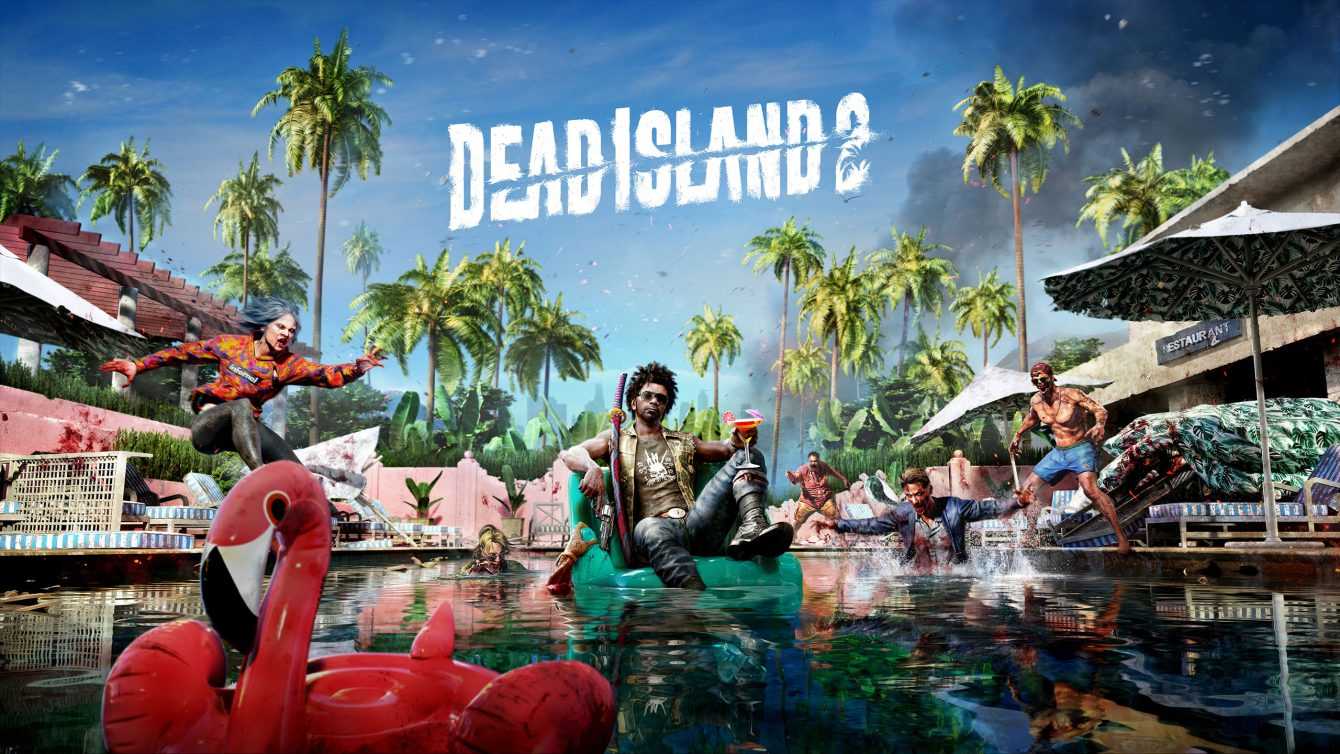


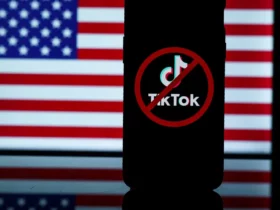

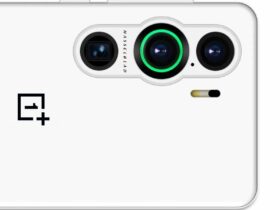



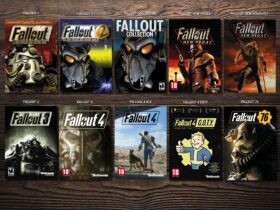
Leave a Reply
View Comments